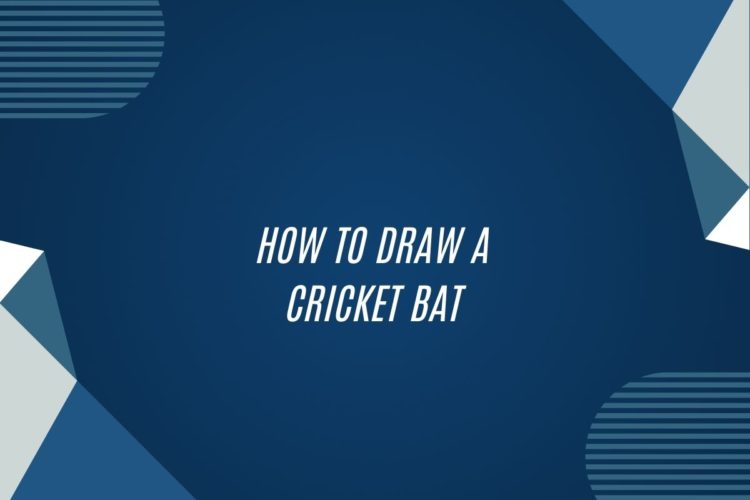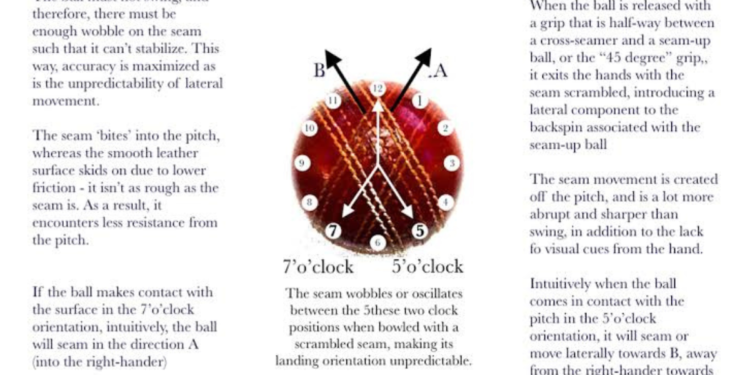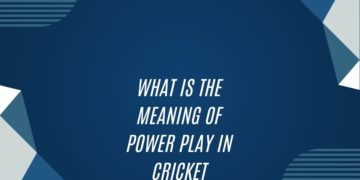Sketching the Basic Shape of the Cricket Bat
To begin sketching the basic shape of a cricket bat, start by outlining a long, narrow shape with a flat edge at the bottom and a slight curve at the top. This will form the body of the bat. Next, add a handle by extending a straight line from the top of the bat, making sure it is centered and proportional to the size of the bat.
Once the initial shape is in place, refine the outline by smoothing out any rough edges and ensuring the proportions are accurate. Pay close attention to the length and width of the bat, as well as the curvature of the blade. This stage sets the foundation for adding intricate details and textures to bring the bat to life in your drawing.
Adding Details and Texture to the Bat’s Handle
To enhance the realism of the cricket bat sketch, it is crucial to pay attention to the intricate details and textures of the handle. Start by outlining the basic shape of the handle, ensuring that it aligns with the proportions of the rest of the bat. Next, carefully add in the grip pattern, considering the traditional spiral or chevron designs commonly found on cricket bat handles. This step is essential in capturing the unique look and feel of a cricket bat, as the handle plays a significant role in a player’s grip and control over the bat.
After establishing the grip pattern, focus on adding texture to the handle to bring it to life. Use light and shadow techniques to create the illusion of depth and dimension, giving the handle a realistic appearance. Pay close attention to the wood grain details, using fine lines and shading to mimic the natural wood texture of a cricket bat handle. By incorporating these details and textures, you can elevate the overall quality of your cricket bat sketch and make it appear more authentic and visually appealing.
Drawing the Blade of the Cricket Bat
To draw the blade of the cricket bat, start by sketching the basic outline of the main body. Pay attention to the slightly curved shape, with a thicker bottom and a gradually tapering top. Ensure that the edges are smooth and even, as this is essential for the bat’s functionality during a game. Keep the proportions in check, especially the width and length of the blade, to maintain a realistic appearance.
Next, add in the details such as the distinct bulge in the middle of the blade known as the sweet spot. This area is crucial for delivering powerful shots in cricket, so emphasize its position and size accurately. Remember to include any specific markings or engravings that may be present on the blade for added authenticity. Refine the curves and lines to enhance the overall look of the blade, ensuring that it conveys the essence of a professional cricket bat.
Creating the Grip and Label on the Bat
To add the finishing touches to the cricket bat illustration, focus on creating a realistic grip and label. Start by sketching the grip with subtle lines to indicate the texture and pattern. Pay attention to the placement of the grip on the handle to maintain proportion and balance within the overall design. Once the grip is outlined, enhance it by adding small details like ridges or indents to give it depth and authenticity.
Moving on to the label, carefully draw a small rectangular shape near the base of the blade to represent the branding or specification of the bat. Use precise lines to delineate the edges of the label and incorporate any text or logo that would typically be found on a cricket bat. Consider shading techniques to give the label a three-dimensional appearance, making it appear as though it is an integral part of the bat’s design.
Adding Shadows and Highlights for Realism
To enhance the realism of the cricket bat drawing, shadows and highlights play a crucial role in creating depth and dimension. Shadows are essential to indicate the areas where light does not hit directly, adding a sense of realism and three-dimensionality to the bat. By carefully observing the light source in your drawing, you can determine where shadows fall naturally and incorporate them accordingly.
On the flip side, highlights are used to accentuate the areas where light hits the bat most directly, creating a contrast between light and shadow. These highlights not only add a sense of brightness and shine to the bat but also emphasize its shape and texture. By strategically placing highlights along the edges and curves of the bat, you can make it appear more lifelike and dynamic, further enhancing the overall realism of your drawing.






















